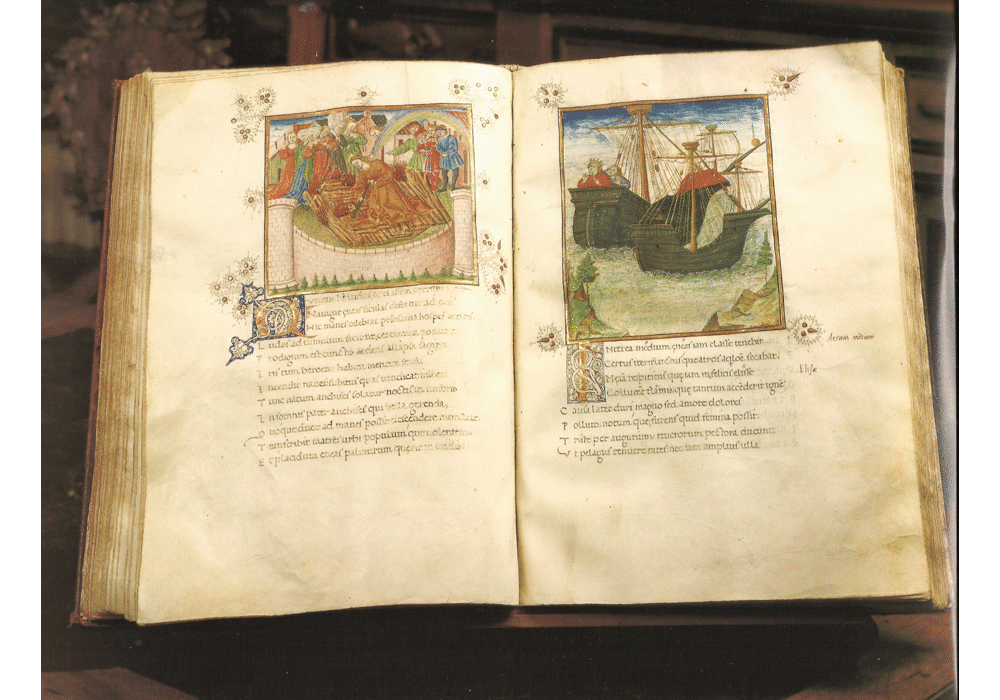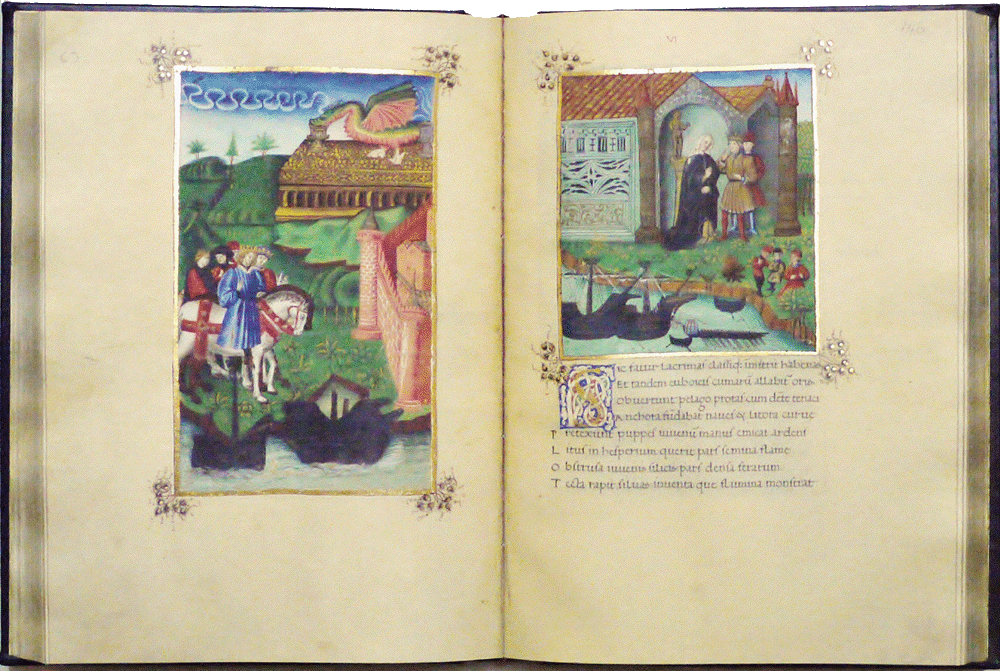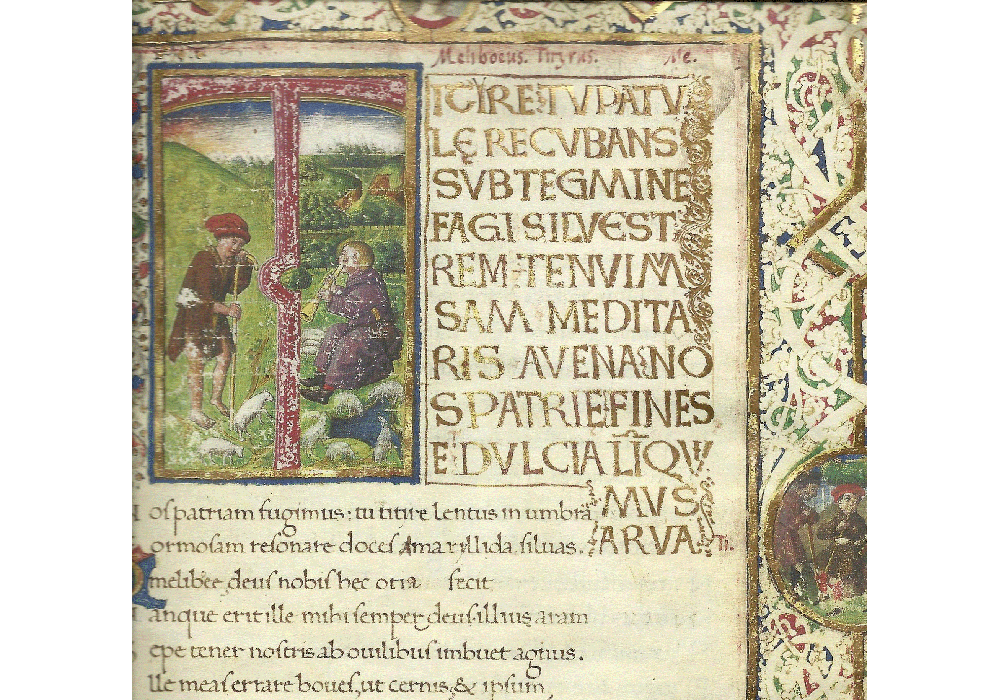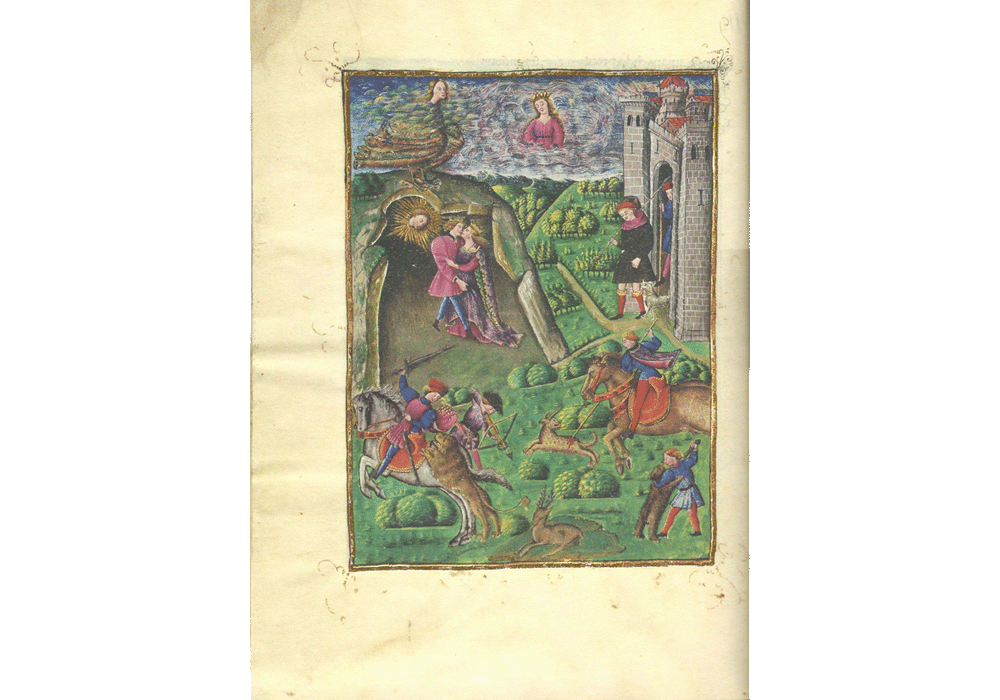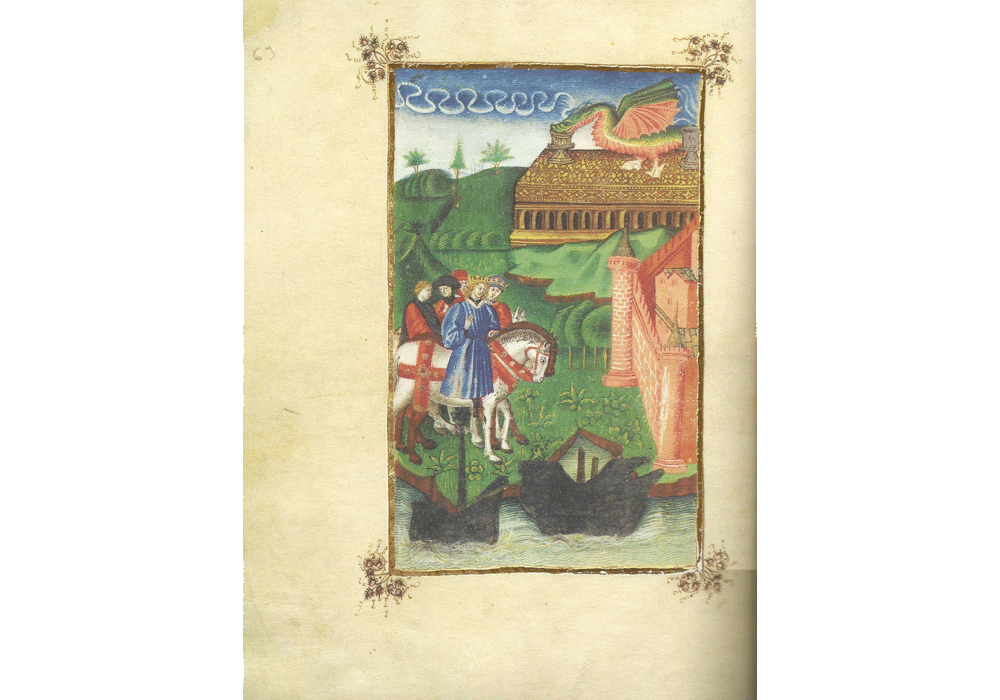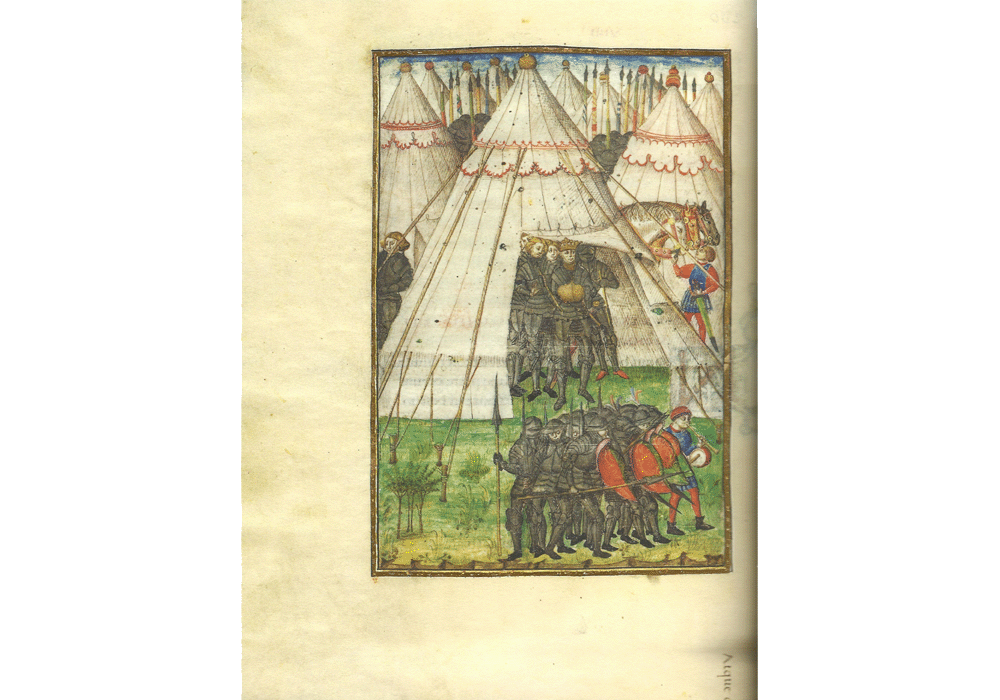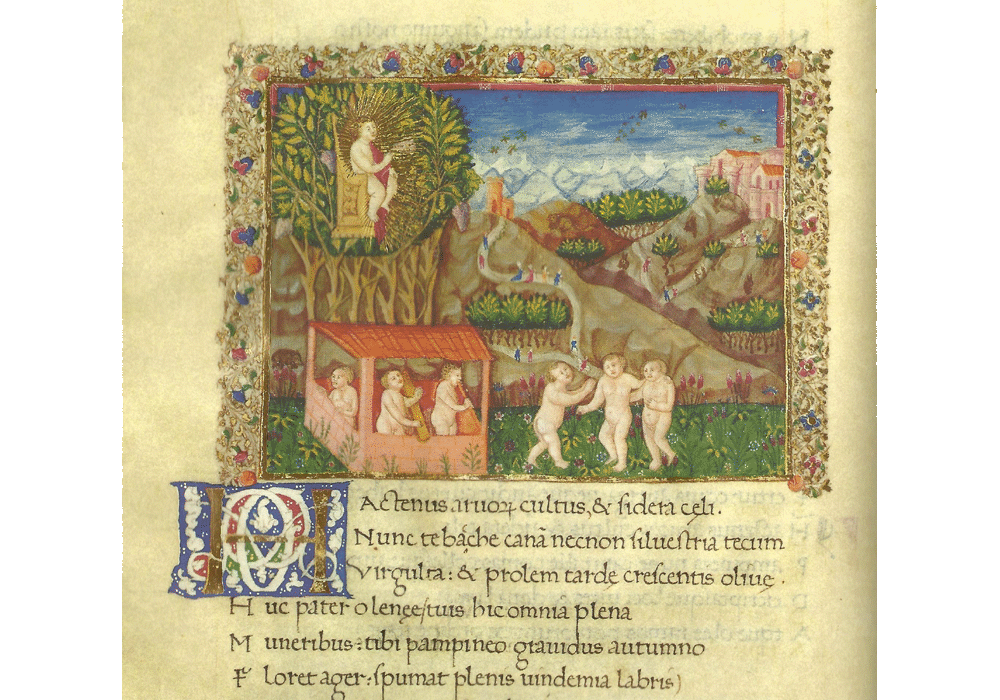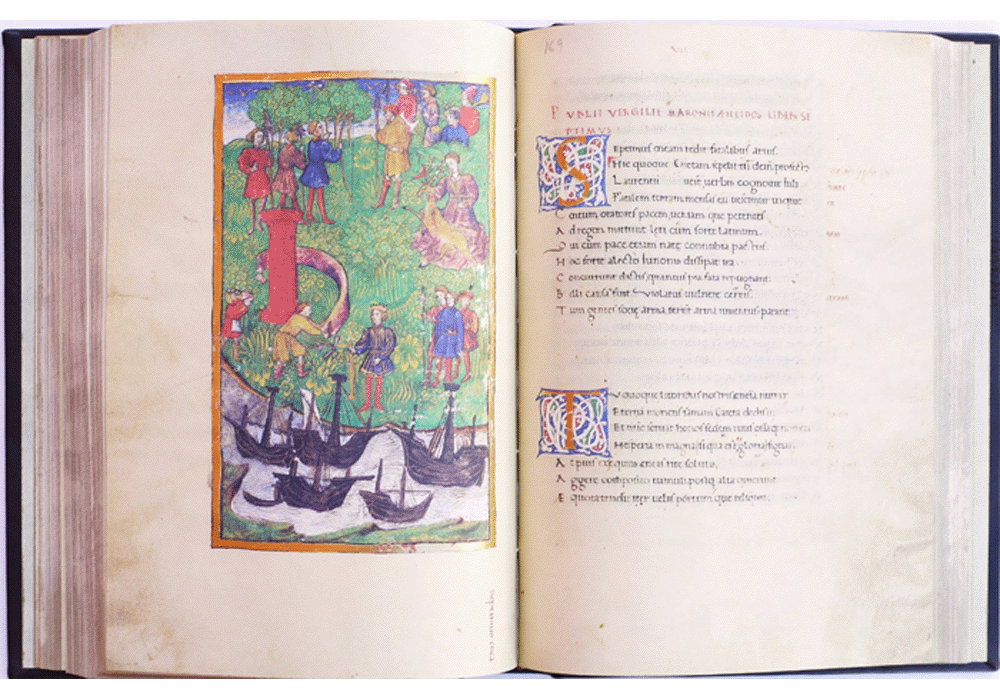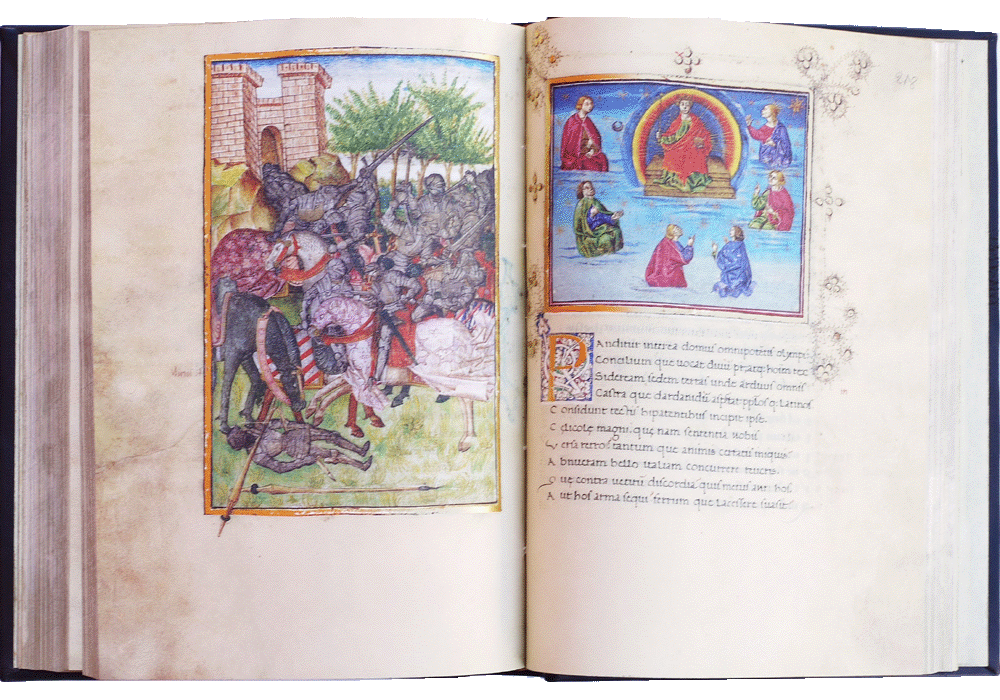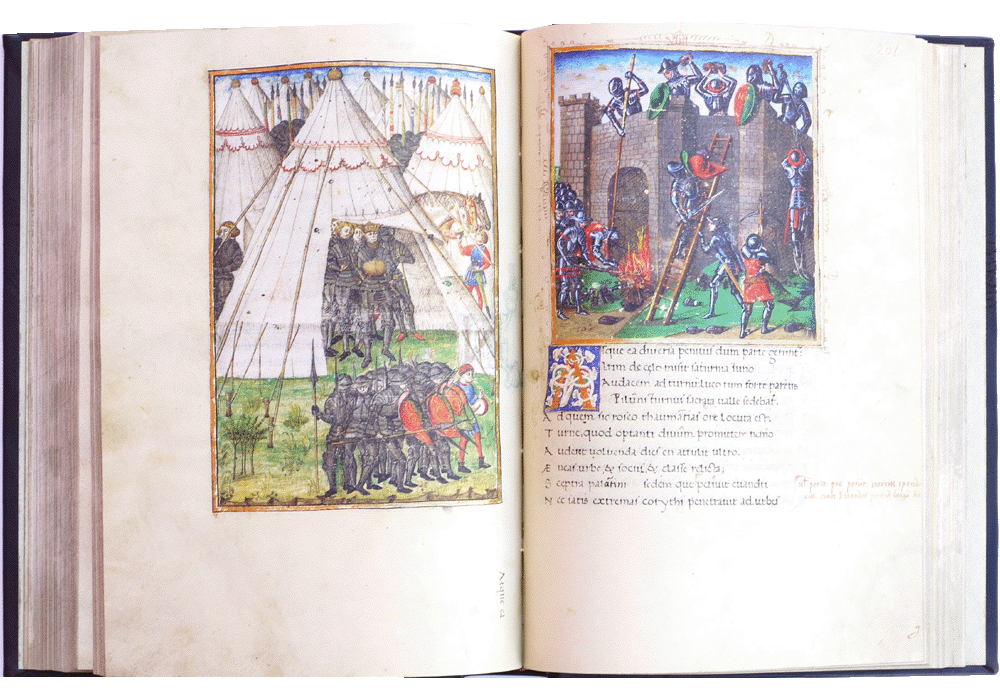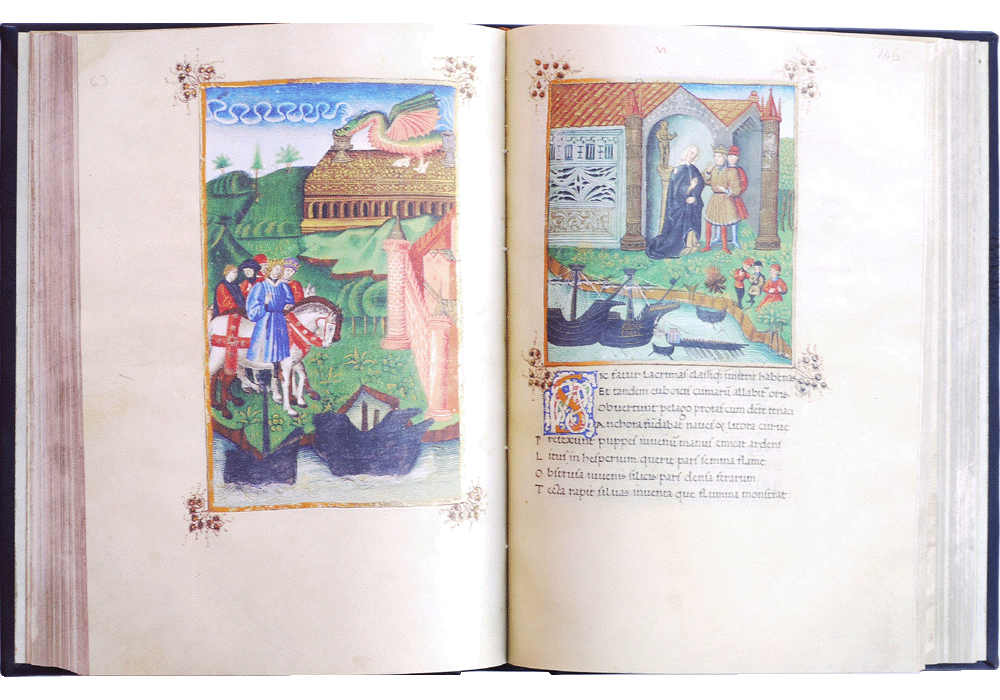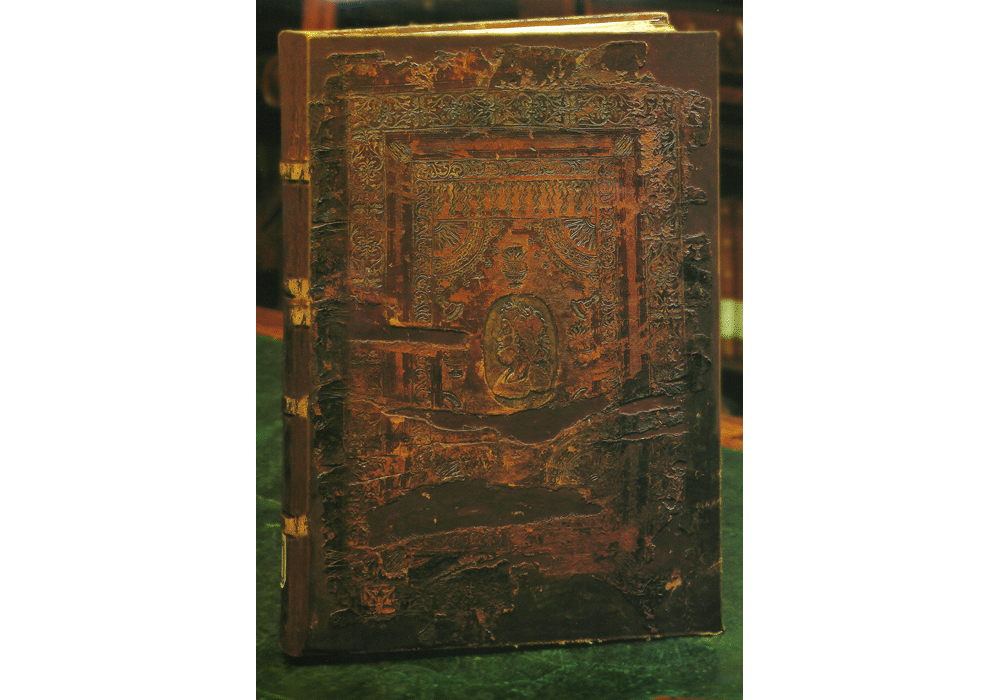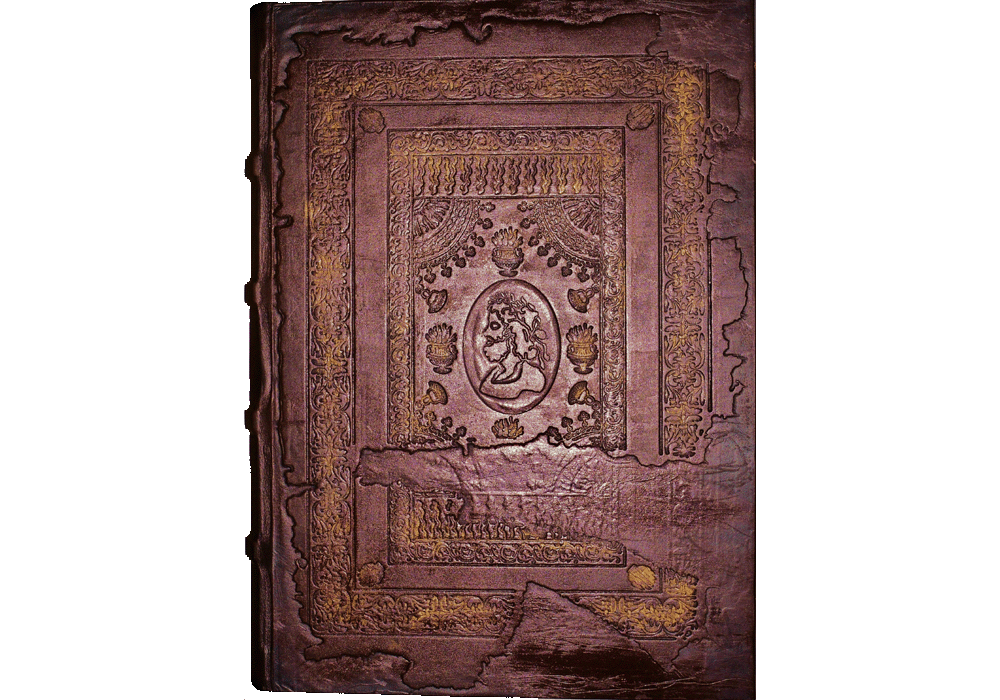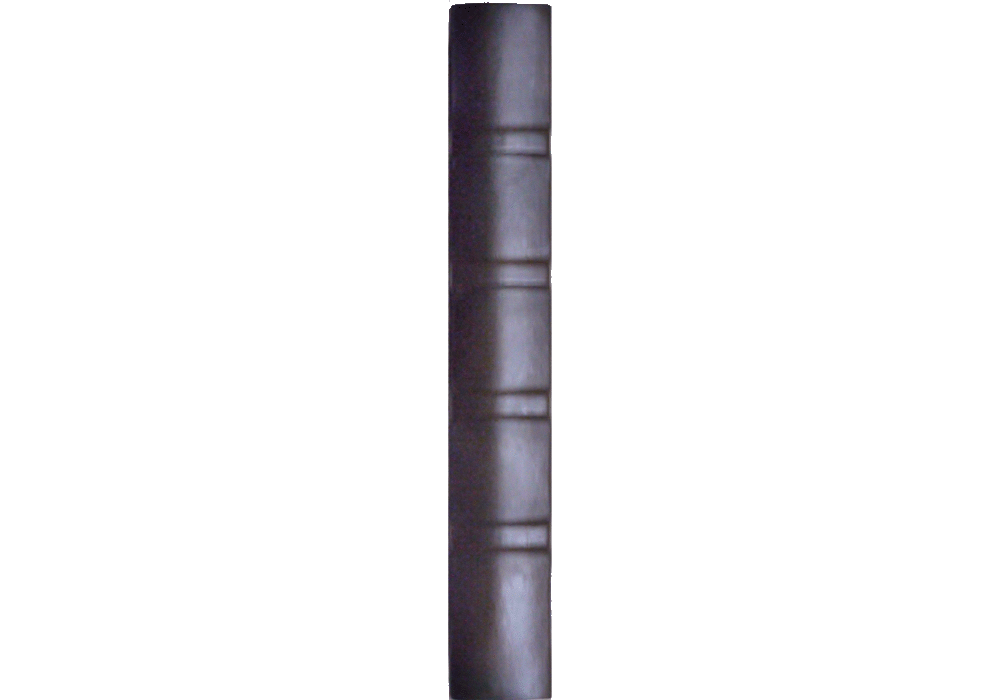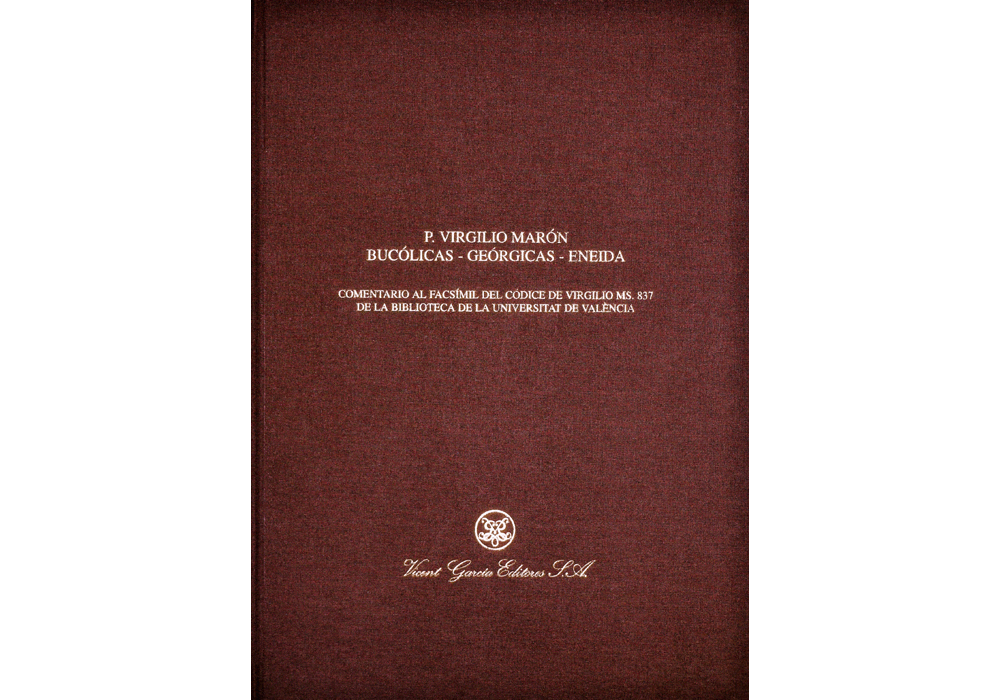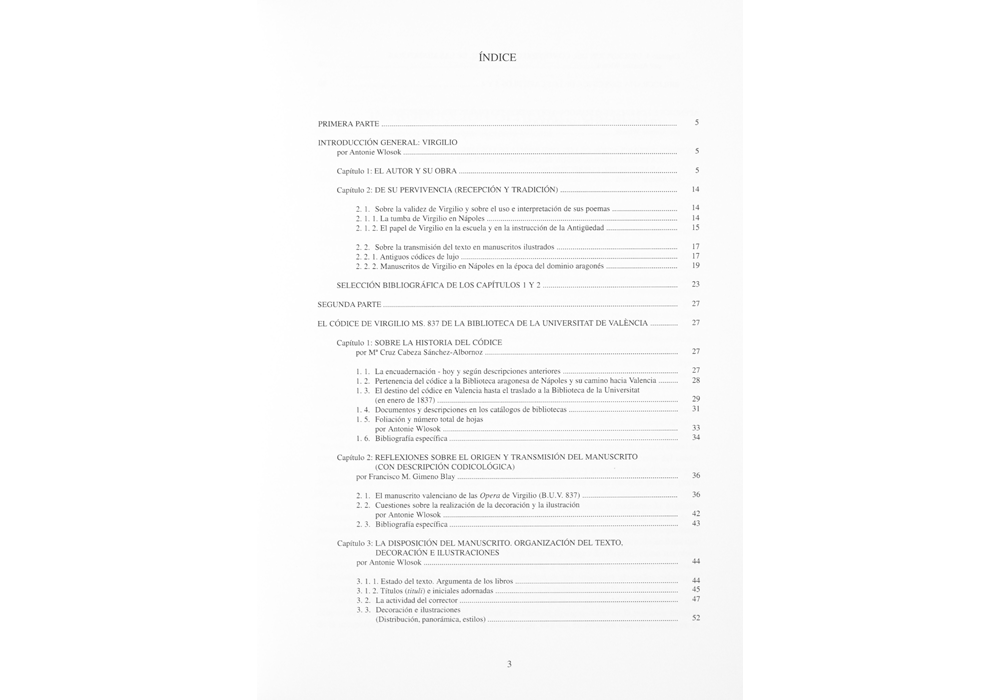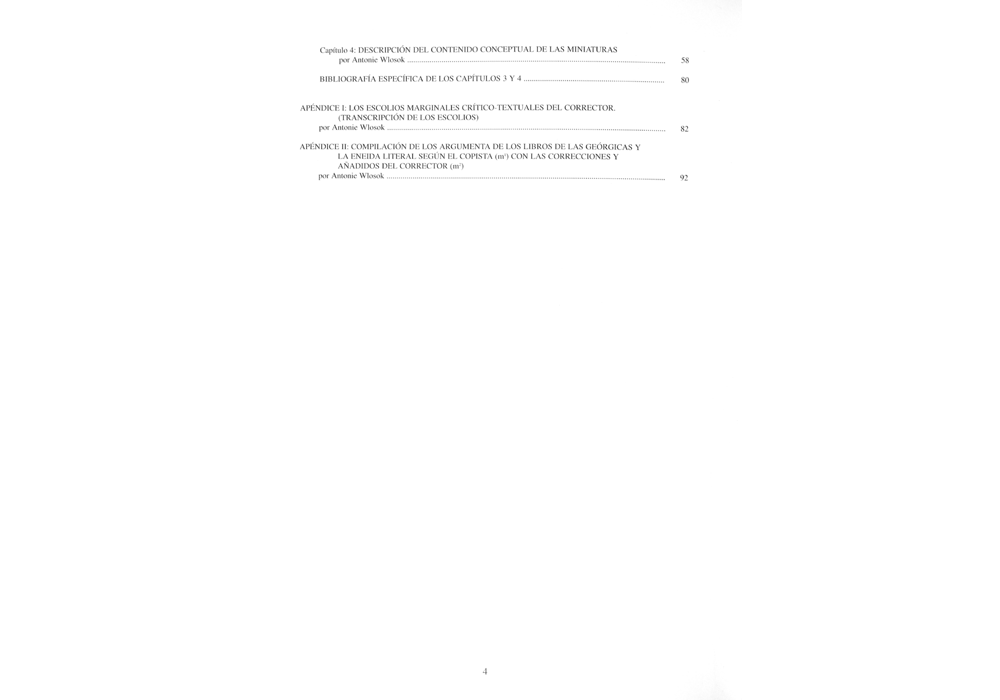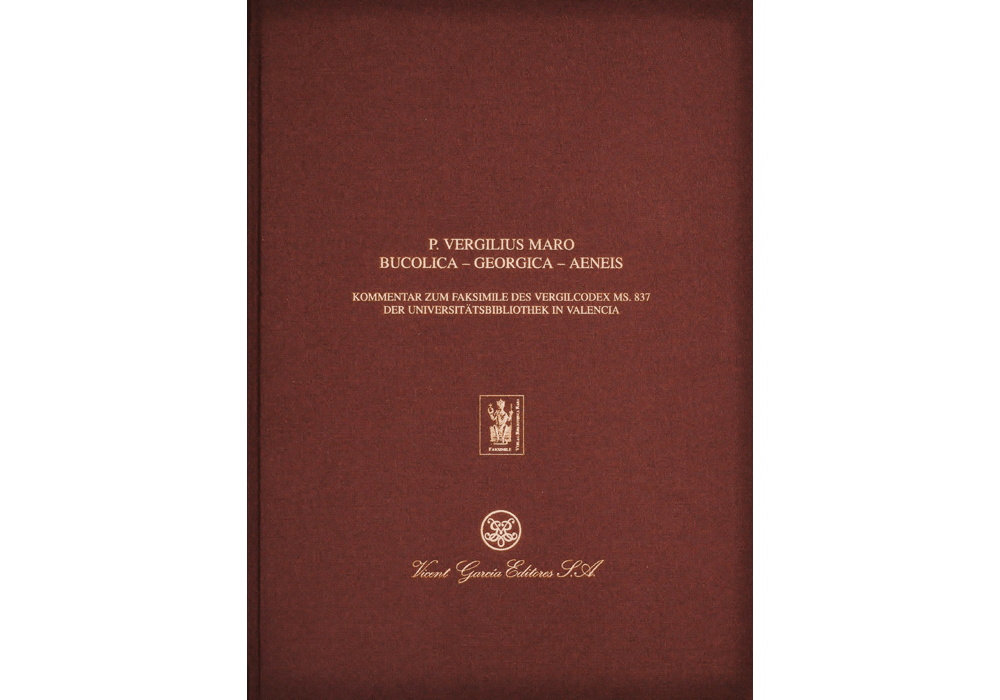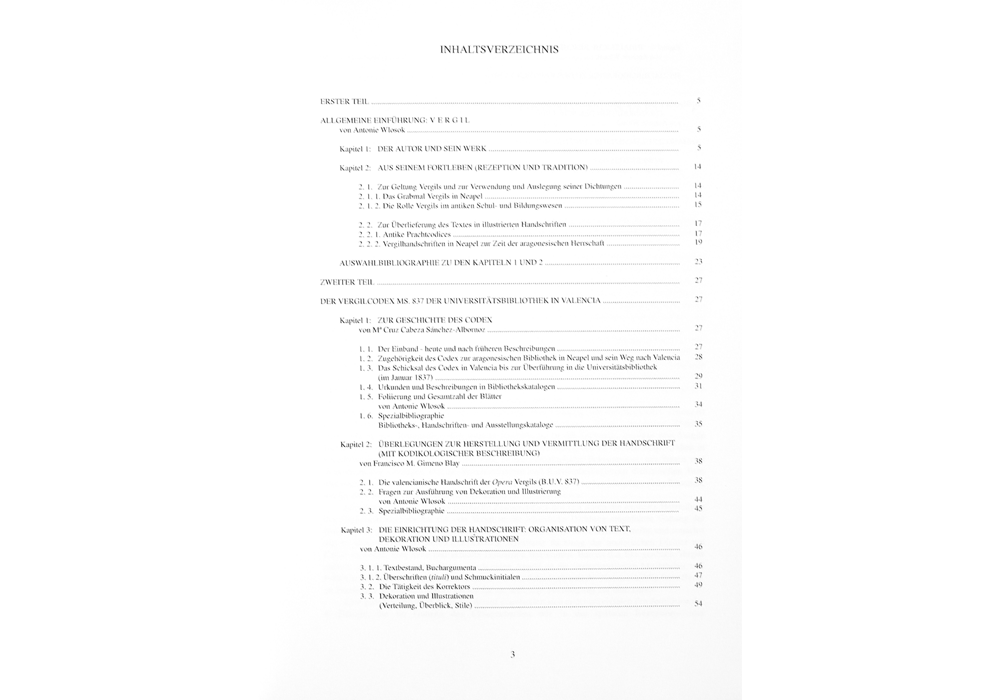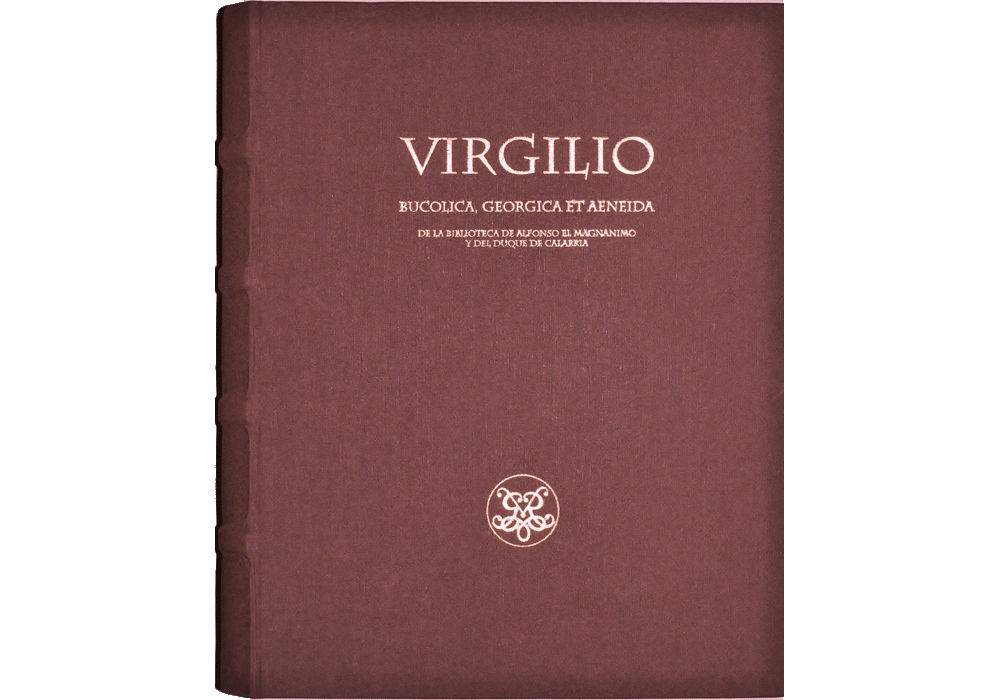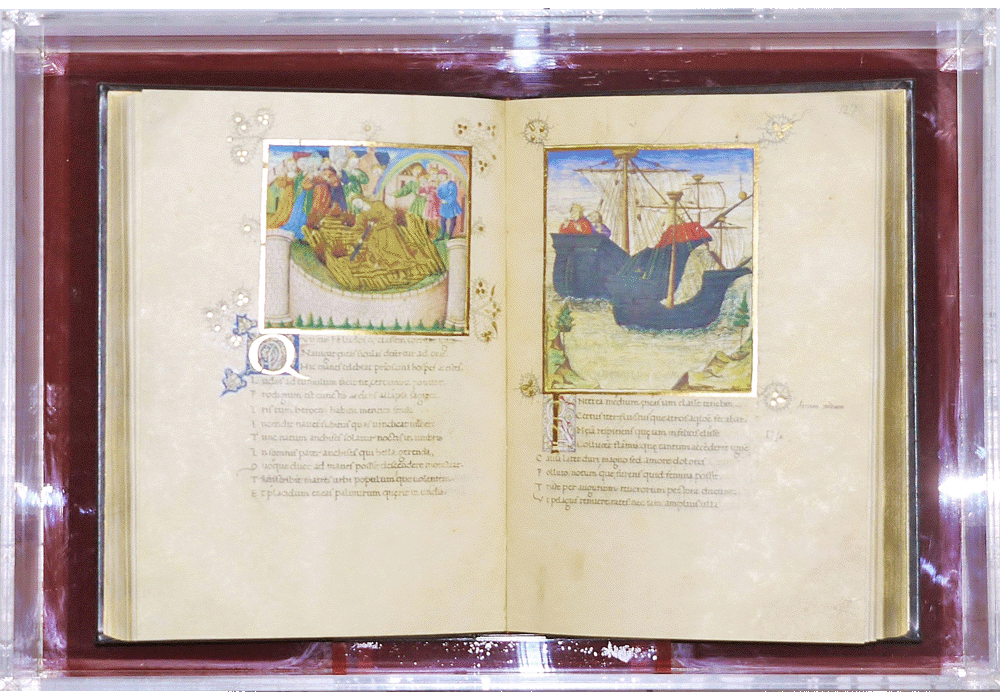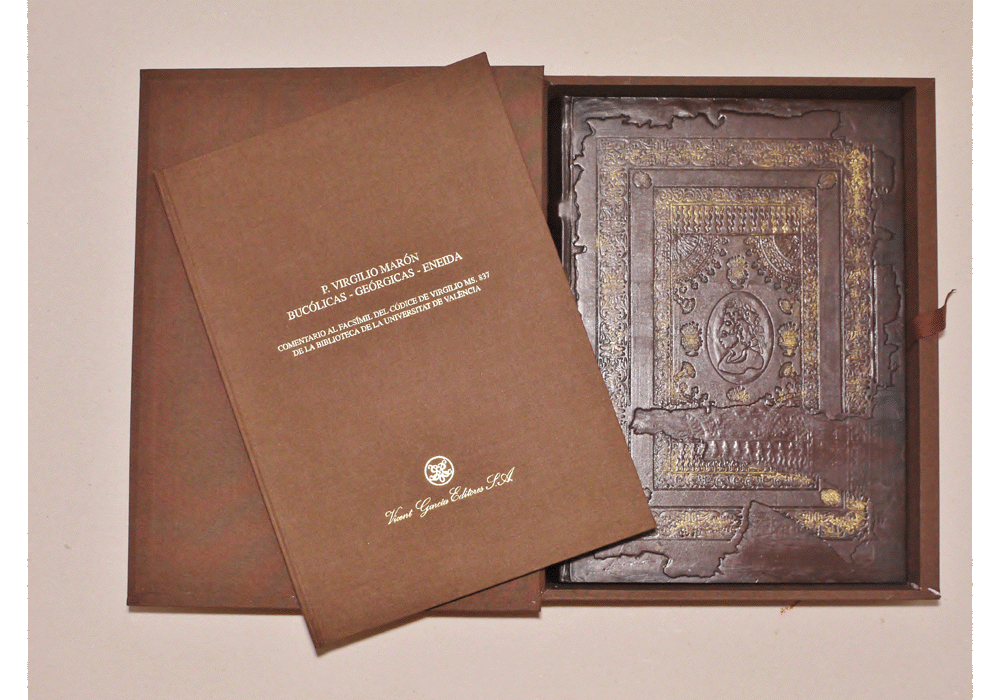|
|
|
| Seguir @vicentgarciaedi Twittear |
|
vgesa |

|
|
|
Synopsis: This illuminated manuscript has abundant illustrations and miniature capitals decorated with gold and colour. It has formed part of the Libraries of the Aragonese Kings of Naples, the Dukes of Calabria, the Monastery of San Miguel de los Reyes and it is now part of the holdings of the Biblioteca Històrica de la Universitat de València. Of all the works that have been attributed to Virgil, the only ones whose authenticity is undisputed are the Bucolics or Eclogues, the Georgics and the Aeneid. The Bucolics consist of ten short poems: only two are longer than a hundred verses. All of the Bucolics, except the fourth, speak of a rural idyll. The Georgics, a work of the most exquisite beauty, was written in Naples for the purpose of aiding and supporting the Emperor Augustus in his efforts to promote a return to the countryside. The work is divided into four books: the first describes the farming of the fields and includes a farm labourer’s calendar and a description of signs with which to forecast the weather; the second speaks of the growing and farming of trees, especially with regard to viticulture; the third deals with livestock and animal husbandry; and the fourth, with apiculture, or bee-keeping. However, Virgil owes his immortality to the Aeneid, which took him the last eleven years of his life to write. This is an epic poem made up of twelve books, covering the Fall of Troy, the journeys of Aeneas and the definitive establishment of a Trojan colony in Lazio. When this manuscript was made is not known for certain. It is possible that it was written in Rome between 1460 and 1470, and that the miniatures were completed later in Naples. Several miniaturists worked on this Virgilian codex: although it is not easy to distinguish between their work, it is thought that there were three of them. The prestigious Library of the Aragonese Kings of Naples was established by Alfonso V of Aragon, known as the Magnanimous, and was continued by his descendants for half a century. Its holdings were of great significance, both because of the number of works contained in it, and the beauty of their bindings, miniatures and iconography, with the level of patronage in keeping with the fame of the Aragonese monarchy in Naples. Published in order to commemorate the celebration of 500th anniversary of the foundation of the Universitat de València. Exhibitions: “The Painted Page: Italian renaissance book illumination, 1450-1550”. Royal Academy of Arts, London. 27th October 1994 – 22nd January 1995. |
IBIC Rating: |
||
|
AC History of art / art & design styles |
1D Europe
|
|



